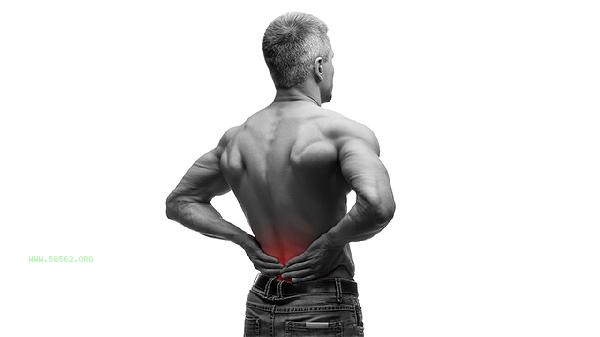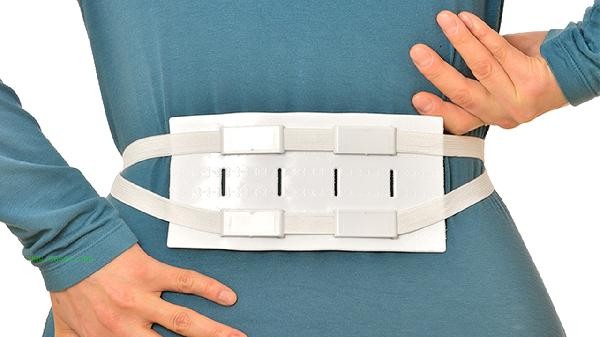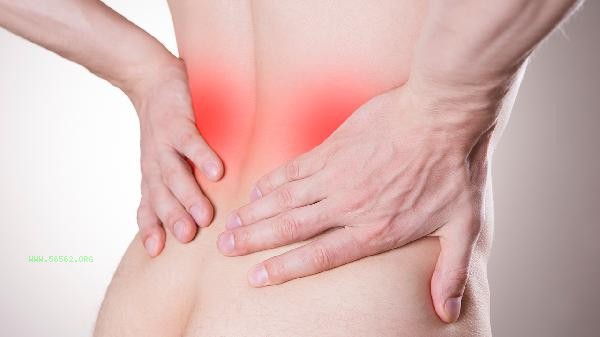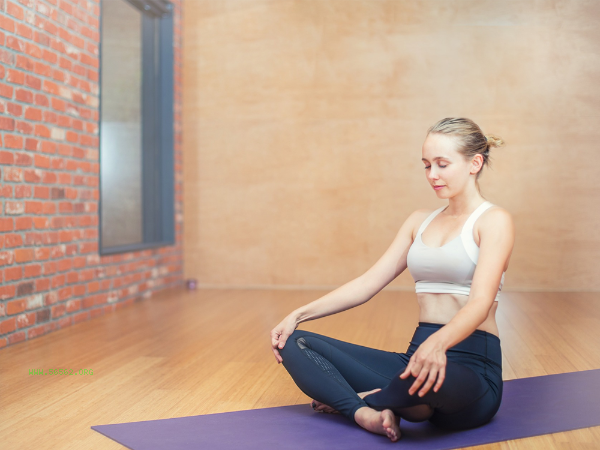The most effective methods for exercising the waist and abdominal muscles include plank support, supine abdominal roll, Russian rotation, hanging leg lift, dead worm style, etc.

1. Flat Plate Support
Flat plate support activates the deep transverse abdominis muscle through static force, significantly improving core stability. The key to the action is to support the elbow joint and toe, keep the head, shoulders, hips, and ankles in a straight line, and avoid sagging or arching the hips. Suggest gradually increasing the duration from 30 seconds, which can be combined with variations such as alternating leg lifts to enhance difficulty. This action has low pressure on the lumbar spine and is suitable for basic training for people with lumbar muscle strain.
2. Lying supine with abdominal curl
Targeted stimulation of the upper rectus abdominis muscle and hip flexion angle controlled within 30 degrees can reduce iliopsoas muscle compensation. Gently touch the ear side with both hands to avoid exerting force on the neck. When exhaling, lift the shoulder blades off the ground, and maintain continuous muscle tension when falling. Adjustable to bend both legs and step on a stool or use a yoga ball to increase instability and improve muscle recruitment efficiency.
3. Russian Rotation
Russian rotation focuses on training the oblique muscle of the abdomen, achieving eccentric muscle contraction through trunk rotation while sitting in a bent posture. Handholding a medicine ball or dumbbell can increase resistance. Pay attention to controlling the rotation speed to avoid inertial force. This action can improve the lines on both sides of the waist, but patients with herniated discs should avoid significant twisting.

4. Suspended leg lift
Suspended leg lift stimulates the lower abdominal muscles strongly and requires the use of a horizontal bar to complete hip joint flexion movements. At the beginning, you can first bend your knees and lift your legs, and then straighten your legs and lift them up to a horizontal position after advancing. Maintain the stability of the torso during the movement and avoid using swinging inertia to complete the action. People with insufficient grip strength can use a power band for assistance.
5. Dead Bug Style
Dead Bug Style activates the core muscle group through adversarial movements, alternately stretching the opposite hand and foot when lying down, and keeping the waist always on the ground. This mode can improve neuromuscular control ability and is suitable for postpartum rectus abdominis separation repair. During training, abdominal breathing can be used in conjunction with stretching exercises during exhalation for better results.

It is recommended to schedule 3-4 waist and abdominal exercises per week, with 3-5 cyclic exercises per session, and no more than 60 seconds of rest between groups. Before and after training, relaxation movements such as cat style stretching and side waist stretching should be performed to avoid muscle stiffness. Ensure a daily protein intake of 1.5 grams per kilogram of body weight in terms of diet, and supplement magnesium with dark vegetables. Lack of sleep can affect muscle recovery, and it is necessary to maintain high-quality sleep for at least 7 hours. Patients with lumbar discomfort should consult a rehabilitation physician before training to avoid blindly increasing the load.








Comments (0)
Leave a Comment
No comments yet
Be the first to share your thoughts!